In This Article
Need a dream destination with iconic cities, charming villages, and rich culture? Head to France! Explore world-famous landmarks, indulge in gourmet food and wine, and wander through picturesque countrysides. Whether you're seeking art, adventure, romance, or history, France offers unforgettable experiences for every kind of traveler.
When I like to visit
The best time to visit France is from spring to early fall (April through October). Spring (April–June) brings blooming gardens and festivals, summer (July–August) offers lively beaches and outdoor events, and fall (September–October) delights with harvest festivals and colorful vineyards.
Tips for getting There
- By Air: Fly into major airports like Paris Charles de Gaulle (CDG), Orly (ORY), Nice Côte d'Azur Airport (NCE), or Lyon–Saint-Exupéry Airport (LYS).
- By Train: High-speed TGV trains connect France to neighboring European countries and cities like London, Brussels, and Geneva.
- By Car: France’s extensive highway system (autoroutes) makes it easy to explore regions by car, with rental options available at airports and city centers.
Where I like to stay
- Hôtel Plaza Athénée (Paris) – Luxury Parisian hotel perfect for those wanting a glamorous stay near the Eiffel Tower and Avenue Montaigne.
- Château de Mercuès (Occitanie) – Sleep in a historic castle surrounded by vineyards in southern France.
- Le Negresco (Nice) – Iconic Belle Époque hotel on the Promenade des Anglais overlooking the Mediterranean Sea.
Best Things to Do
1. Walk Through Ancient Performances and Timeless History at the Theatre of Fourviere

© Courtesy of alfenny - Fotolia.com
In 15 BC, the Romans constructed Fourvière with the expectation of seating 10,000 people. However, by the 3rd century AD, the site was abandoned. By the dawn of the 20th century, the theater had weathered into a ruin, and enterprising citizens restored the structure to its original imposing glory, at which point it was inducted into the UNESCO World Heritage Site list. Within the walls lies stone seating where visitors can let their imaginations bring ancient performances to life. Another option visitors have is to plan a visit around the annual live summer performances, where revelers celebrate the Nuits de Fourvière festival inside the ancient walls. Open every day of the week except for Monday, visitors can pass through the stone barriers for free.
Ancient Theatre of Fourviere, Rue Cléberg, 69005 Lyon, France, Phone: +33 (0) 4 72 38 49 30, Map
2. Dive Into Underwater Wonders and Marine Life at Aquarium de Lyon

© Courtesy of Iuliia Sokolovska - Fotolia.com
The Aquarium de Lyon will take visitors on a trip through an aquamarine world where fish drift behind glass walls as guests move down hallways from one aquatic region to the next. Visitors will want to grab an audio guide that fully narrates the journey, or download one straight to a mobile device. From the moment of arrival, visitors will absorb the beauty of the marine life that surrounds them. From the bright colors of tropical fish to the more demure marine life of temperate waters, the Lyon Aquarium offers a prismatic view of what lies below the waves. There are also plenty of educational presentations and exhibits that allow visitors to dive deeper into the complexities of marine life.
7 Rue Stéphane Déchant La Mulatière, 69350 Lyon, France, Phone: +33 (0) 4 72 66 65 66, Map
3. If Grand Monuments and Historic Triumphs Inspire You, Stand Beneath the Arc de Triomphe
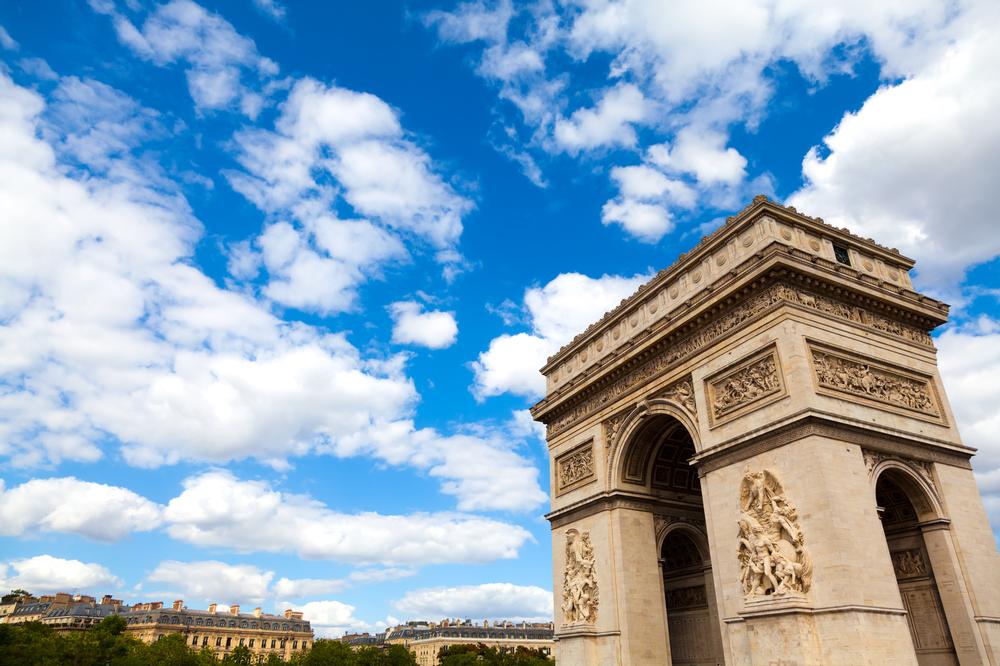
© Courtesy of INTERPIXELS - Fotolia.com
Those who visit the Arc de Triomphe that has adorned many a postcard will have a surreal moment as they stand in the middle of swirling traffic and anchor their gaze on one of France's most iconic pieces of architecture. Commissioned by Napoleon in 1806, the construction of the Arc de Triomphe was completed in 1836, and ceremoniously inaugurated by King Louis-Philippe. Visitors descend into the tunnels below and visit the marker where the Unknown Soldier is interred. Hope is rekindled when the flame of remembrance is lit, softly illuminating the panoramic views of Paris from the arch.
Place Charles de Gaulle, 75008 Paris, France, Phone: +33 (0) 1 55 37 73 77, Map
4. Explore the Mysterious Underground Labyrinth of the Catacombs of Paris
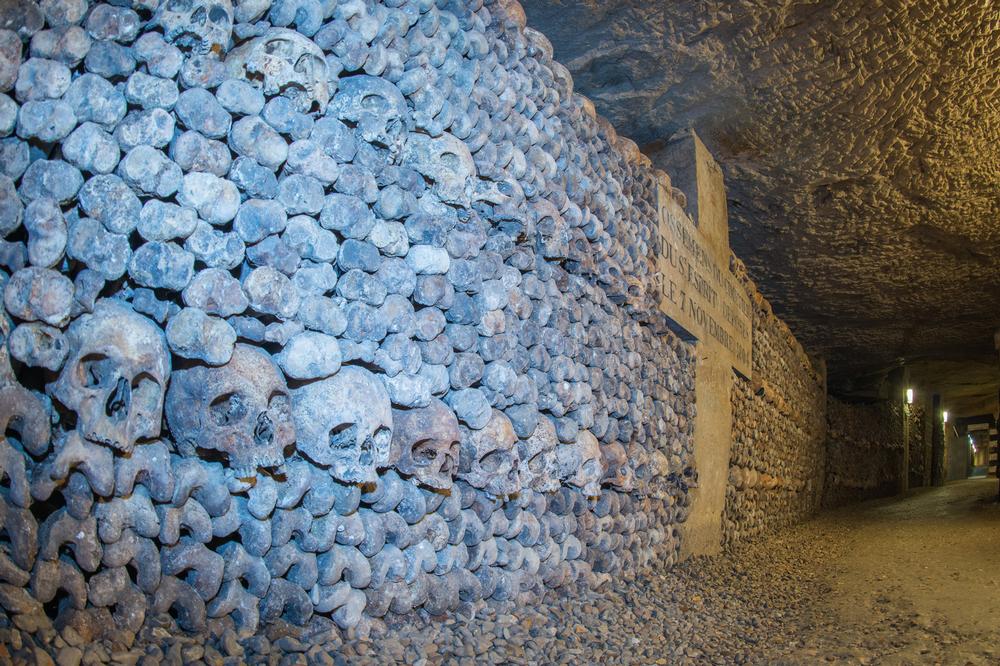
© Courtesy of Andrea Izzotti - Fotolia.com
The history of the Catacombs of Paris is an infectious one that will resurrect visitors' curiosity about the city. Although they seem ancient, they only date to 1785, when complaints about the Cemetery of the Innocents and the instability of the inner-city highways spurred the Council of State to devise a solution to both problems simultaneously with an underground tomb. Naturally, it didn't take long for this man-made hall of bones to arouse curiosity. The first man brave enough to descend the 130 steps was the future Charles X, in 1787. Since his inaugural descent, the flow of curious visitors has never been stemmed. Occasionally, the Catacombs host special exhibitions.
1, Avenue du Colonel Henri Rol-Tanguy, 75014 Paris, France, Phone: +33 1 43 22 47 63, Map
Activities and Attractions for Couples:
5. Wander Through Fairytale Beauty and Royal Legends at Chateau de Chenonceau
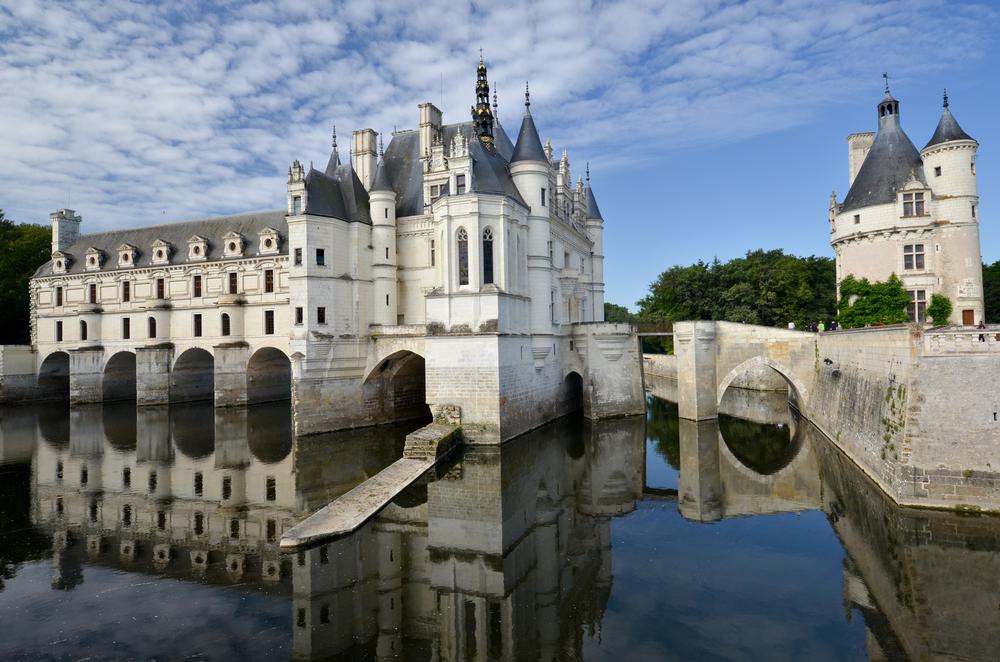
© Courtesy of Yvann K - Fotolia.com
Chenonceau has a storied past filled with deceit, mischief, beauty, and splendor. But this castle's fairytale was written by women. Also known as the Women's Castle, Chenonceau was built in 1513 by Katherine Briçonnet, who ruled with iron fists in velvet gloves. Today, Chenoceau is home to an exceptional collection of Old Masters' paintings. It is also a testament to the merging of Italian and French culture as it is the site of Catherine de Medici's sprawling gardens. Opening times vary throughout the seasons. However, upon entry, visitors can expect to wander down verdant walkways to discover the garden maze, the 16th-century farm, and the royal stables as well as enter the chateau itself.
Chateau de Chenonceau, 37150 Chenonceaux, France, Phone: +33 (0) 2 47 23 90 07, Map
6. Rise Above Paris and Capture Iconic Views From the Eiffel Tower

© Courtesy of andreykr - Fotolia.com
Perhaps the most emblematic symbol of France, the Eiffel Tower is a place everyone must visit once in their lifetimes. Visitors who ascend to the top of this 1889 Universal Exhibition sculpture and look down will see 360 degrees of Paris at their feet. After taking in the breathtaking view, visitors should take a moment and visit the tower's shops or one of five restaurants on three levels. For another spectacular view, visitors can descend to the first floor and stroll across the glass "void" separating them from the city below. Simply sitting among the gardens below and watching the hourly twinkle of lights sets the stage for an enchanting evening in the City of Light.
5 avenue Anatole France Champ de Mars, 75007 Paris, France, Phone: +33 (0) 8 92 700 016, Map
7. Discover Sacred Sites and Stunning Panoramas From Fourviere Hill
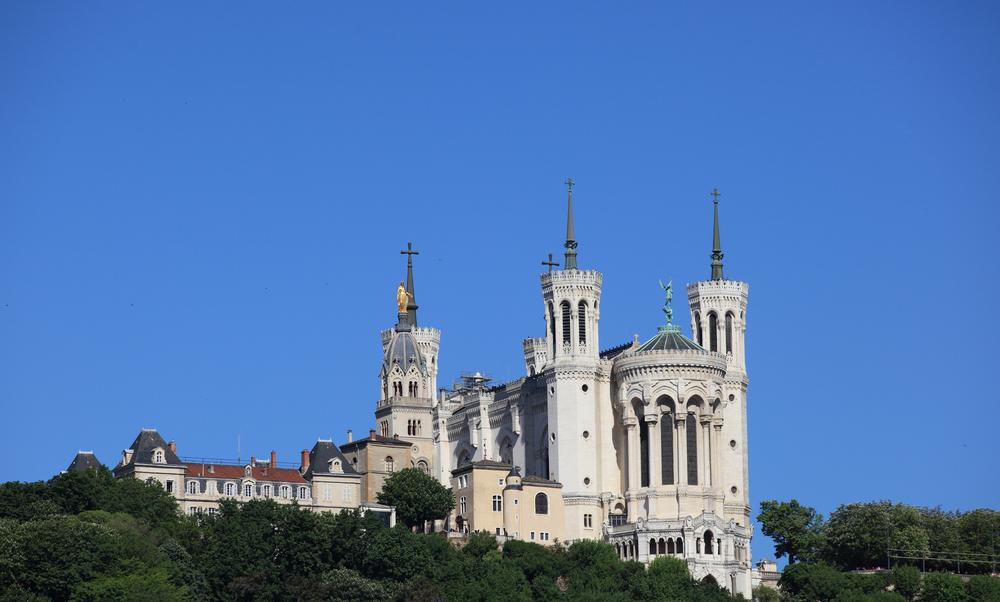
© Courtesy of joe¨l BEHR - Fotolia.com
Lyon was founded in 43 BC, at which time the center of this nascent city was Fourvière Hill. Today, the hill and the Basilica Notre-Dame de Fourvière still dominate the city's skyline. Reaching this imposing piece of architecture, however, is not a feat for the faint of heart as visitors will have to hike the hill's "slopes," the longest of which is 798 steps. There are trams for those who are unable to reach the summit unaided. However, the view from the top is worth the exertion. Dotted with ancient churches, Roman baths, and aqueducts, this UNESCO archeological site is unique even among Roman-Gaul cities.
Fourviere, 8 Place de Fourvière, City of Lyon, Rhône-Alpes, France, Phone: +33 4 78 25 13 01, Map
What to do if you are traveling with kids:
8. Bike, Paddle, and Relax Across Nature’s Playground at Grand Parc de Miribel Jonage
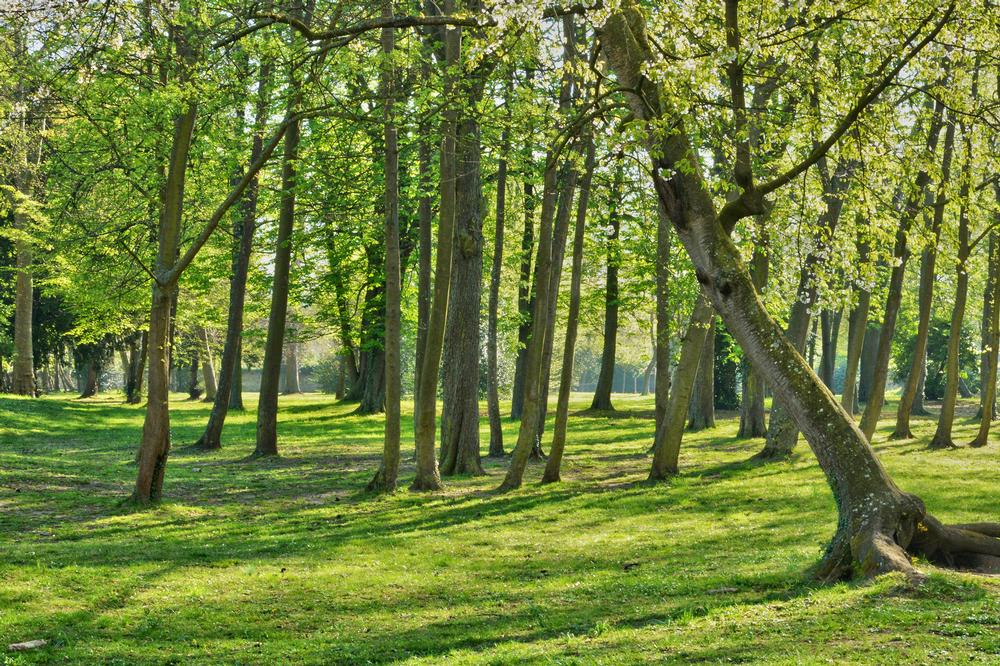
© Courtesy of PackShot - Fotolia.com
The 14th most visited site in France, Parc Mirabel Jonage is not only a beautiful getaway from urban life, it is also responsible for providing Lyon with drinking water. Visitors will discover that the Rhone River connects the various ecological components of the park with each other as well as provides fishing and aquatic activities for visitors. With vast swaths of nature interspersed with horse riding centers, day camps, bicycle trails, beaches, and restaurants, this park is the perfect destination to get away from it all. Except, to do so, visitors only have to travel 15 minutes northeast of Lyon's urban core.
Grand Parc de Miribel Jonage, Chemin de la Bletta, Vaulx en Velin (Lyon), Rhône-Alpes, France, Phone: +33 (0) 4 78 80 30 67, Map
9. If the Origins of Cinema Fascinate You, Step Into the Institut & Musee Lumiere

© Courtesy of MangAllyPop@ER - Fotolia.com
It was in the heart of Lyon's Monplaisir neighborhood at the Villa Lumière that film began. In 1894, the first film tests on the now-famous Cinematograph took place in the Lumière brothers' villa. Like a firestorm, their invention gave rise to film screenings of the early 20th century and prompted the brothers to further perfect the ability to record film. At their villa, their original animated images are housed side by side with some of the brothers' other inventions like the Photorama (for 360-degree panoramic pictures), the stereoscopic projector (for 3D films), and their surprisingly articulated "pincer hand," designed by Louis Lumière to aid amputees from the First World War.
Institut & Musee Lumiere, 25 Rue du Premier Film, 69008 Lyon, France, Phone: +33 (0) 4 78 78 18 95, Map
10. Honor History and Explore Military Heritage at Les Invalides
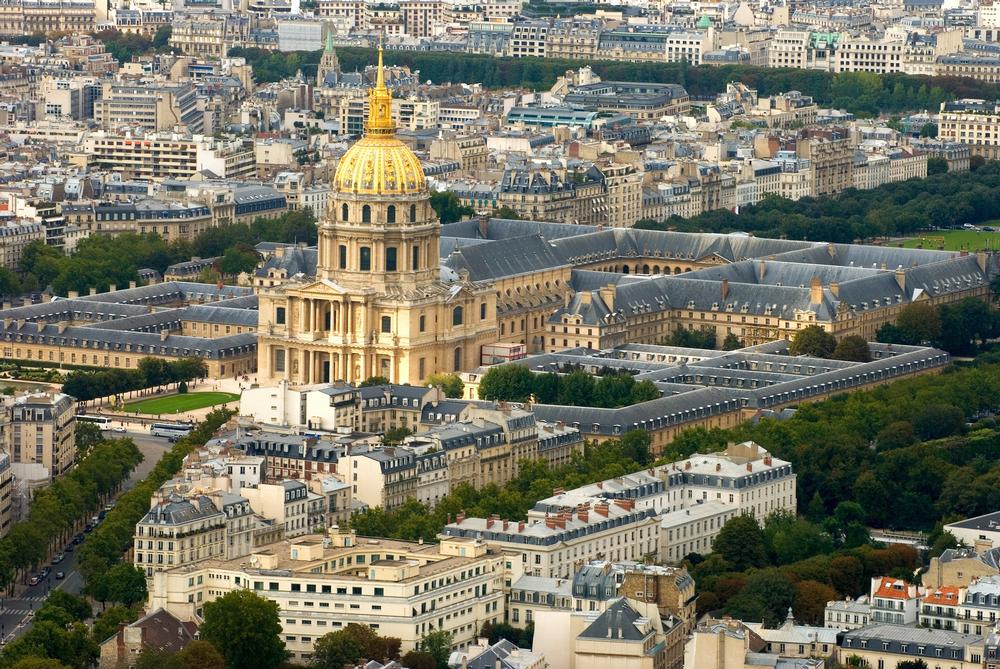
© Courtesy of cdrcom - Fotolia.com
The Army Museum is located at the heart of the Hôtel National des Invalides, where treasures from antiquity to World War II are housed. Created in 1905, this military museum has the third biggest collection of old weapons and armor in the world. It also shelters small artillery models and a unique set of Napoleon's 19th-century military items. The facilities themselves are a war monument that both commemorates the generations of war veterans who were housed within the walls of the complex and also gives the museum its memorable façade. Behind this contiguous façade, however, are seven distinct museum spaces - each of which is dedicated to a particular point in France's military history.
Les Invalides, 129 Rue de Grenelle, 75007 Paris, France, Phone: +33 (0) 1 44 42 38 77, Map
Must-see if you are a first-time visitor:
- Visit the Eiffel Tower in Paris – If you dream of iconic views and unforgettable sunsets over the City of Light.
- Explore the Château de Versailles – Marvel at ornate royal palaces, lavish gardens, and fountains just outside Paris.
- Wander through Provence lavender fields – Explore rolling purple fields in summer, perfect for scenic drives and stunning photos.
- Tour the French Riviera – Relax on glamorous beaches in Nice, Cannes, and Saint-Tropez.
- Discover Mont Saint-Michel – Visit the magical medieval island abbey rising from Normandy’s coastal waters.
Where I Like to Eat
- Le Meurice Alain Ducasse (Paris) – Dine on exquisite French haute cuisine in a historic, opulent setting.
- La Petite Maison (Nice) – Enjoy sunny Mediterranean dishes like fresh seafood, olive oil, and Provençal vegetables.
- Paul Bocuse Restaurant (Lyon) – Legendary French gastronomy honoring classic techniques and flavors.
My favorite local events:
- Festival de Cannes (May) – World-famous film festival attracting international celebrities and filmmakers to the Côte d’Azur.
- Tour de France (July) – Watch the thrilling cycling race wind through scenic regions across the country.
- Bastille Day Celebrations (July 14) – Experience patriotic parades, fireworks, and festivities nationwide, especially in Paris.
My favorite day trips within 30 Minutes to 2 Hours from Paris:
- Versailles (30–40 min) – Discover opulent royal palaces and gardens at Château de Versailles.
- Giverny (1–1.5 hours) – Visit Monet’s enchanting gardens and home, inspiration for his Water Lilies series.
- Fontainebleau (1 hour) – Explore the stunning Château de Fontainebleau and its vast forest trails.
- Reims (1.5 hours) – Tour Champagne cellars and majestic cathedrals in the heart of Champagne country.
- Chartres (1–1.5 hours) – Admire the breathtaking Chartres Cathedral, a UNESCO World Heritage site.
- Chantilly (1 hour) – Visit the Château de Chantilly and its famous horse racing and art collections.
Plan Your Trip












